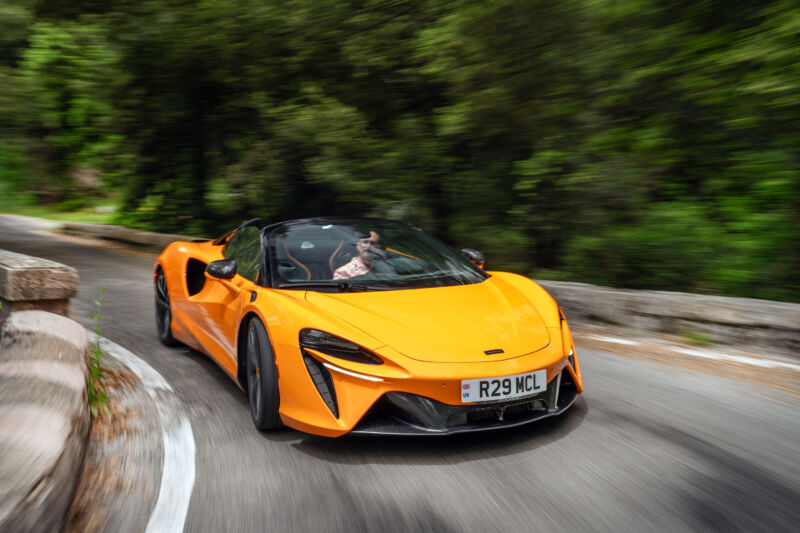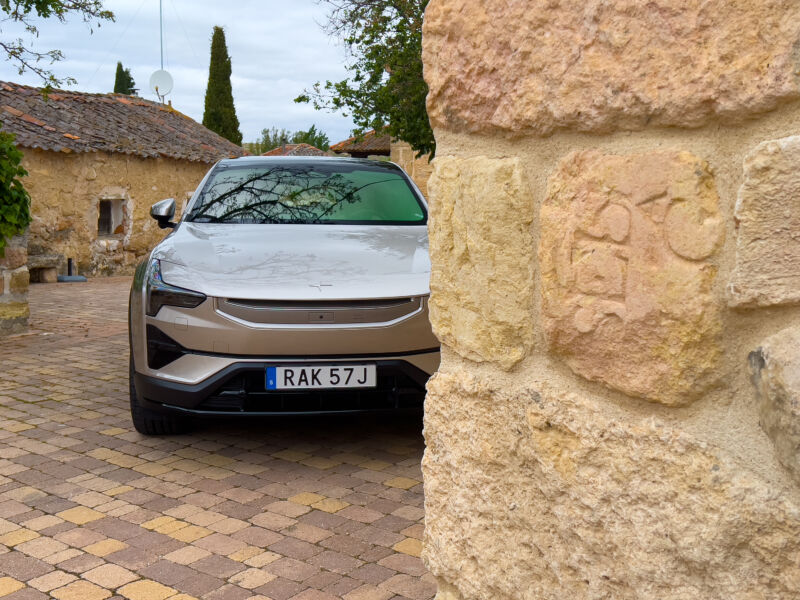Hello sunshine: We test McLaren’s drop-top hybrid Artura Spider

Enlarge / The introduction of model year 2025 brings a retractable hard-top option for the McLaren Artura, plus a host of other upgrades. (credit: McLaren)
MONACO—The idea of an "entry-level" supercar might sound like a contradiction in terms, but every car company's range has to start somewhere, and in McLaren's case, that's the Artura. When Ars first tested this mid-engined plug-in hybrid in 2022, It was only available as a coupe. But for those who prefer things al fresco, the British automaker has now given you that option with the addition of the Artura Spider.
The Artura represented a step forward for McLaren. There's a brand-new carbon fiber chassis tub, an advanced electronic architecture (with a handful of domain controllers that replace the dozens of individual ECUs you might find in some of its other models), and a highly capable hybrid powertrain that combines a twin-turbo V6 gasoline engine with an axial flux electric motor.
More power, faster shifts
For model year 2025 and the launch of the $273,800 Spider version, the engineering team at McLaren have given it a spruce-up, despite only being a couple of years old. Overall power output has increased by 19 hp (14 kW) thanks to new engine maps for the V6, which now has a bit more surge from 4,000 rpm all the way to the 8,500 rpm redline. Our test car was fitted with the new sports exhaust, which isn't obnoxiously loud. It makes some interesting noises as you lift the throttle in the middle of the rev range, but like most turbo engines, it's not particularly mellifluous.

